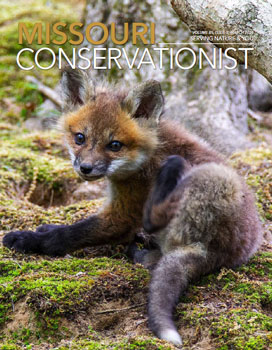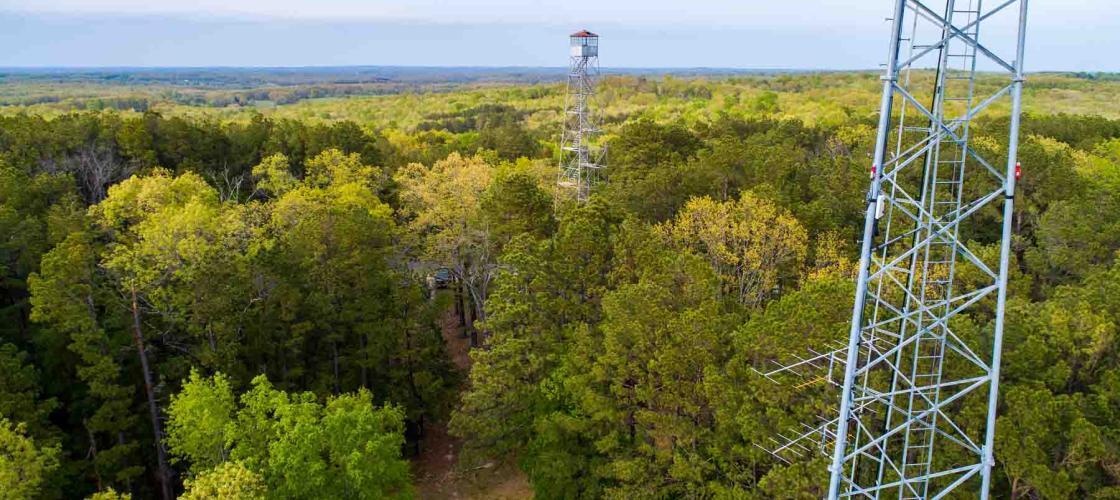
In spring 2023, a group of 10 bird conservation professionals from five countries met in Costa Rica to place radio transmitters on 50 golden-winged warblers on their wintering grounds to track their northward spring migration using the Motus Wildlife Tracking System. For most of these partners, this was the first time they had met in person despite crossing paths in virtual meetings on various projects for more than six years.
A year before, in the spring of 2022, a smaller sample of 25 golden-winged warblers were fitted with Motus tags in Costa Rica and Nicaragua by SELVA, a bird conservation nonprofit based in Bogotá, Colombia. These birds breed in northern forests and spend their winters in Colombia. The 2022 tagging effort was funded by a U.S. Fish and Wildlife Service (USFWS) grant to MDC and nine other partners from across the Western Hemisphere that placed 60 new Motus stations in the Midwest, Mexico, Costa Rica, and Colombia, and supported a few Motus-tagging research projects. One of these funded projects was SELVA and MDC tagging 25 golden-winged warblers and 25 wood thrush on their wintering grounds prior to spring migration. The goal was to increase detections on the more numerous Motus stations in the U.S. and Canada during their migratory journeys north.
What is Motus?
Taking its name from the Latin word for “movement,” the Motus Wildlife Tracking System is a collaborative research and conservation network that uses automated radio telemetry to study the lifecycles of small flying animals, including birds, bats, and insects. Motus began in 2014 and is a program coordinated by Birds Canada in partnership with collaborating organizations and researchers around the world. A network of Motus receiver stations on the landscape detects signals from miniature VHF transmitters attached to migratory animals and tracks their movements locally, regionally, and even across the hemisphere as animals move throughout the array of stations. Motus tags are the only VHF tags small enough to be fitted to our smallest threatened birds, which allows us to learn more about their migratory pathways, speeds, distances, and routes. The system depends on many researchers and managers collaboratively placing and maintaining Motus stations across the hemisphere, which increases the likelihood of Motus-tag detections and strengthens the network.
Uncanny Detections
In spring 2022, I traveled to Costa Rica as Missouri’s then-state ornithologist to deploy some of these 25 tags with SELVA. On this trip, the group had to learn how to net these birds on the wintering grounds, as the approach is different than netting on the breeding grounds. During the week, we tagged five golden-winged warblers and eight wood thrush, hoping that the birds would fly within range of Motus stations in the U.S. and Canada during spring migration.
Separate from this work, the Columbia Audubon Society funded the placement of a Motus station in Columbia in honor of former Missouri State Ornithologist Brad Jacobs, a fierce advocate of protecting migratory birds while they are beyond our borders during migration and on wintering grounds. The station became active in December 2021, and we began watching for any Motus-tagged birds to fly within range.
A few months later in May 2022, the Columbia station had its first detection — a golden-winged warbler. It was one of the five golden-winged warblers that I had helped tag in Costa Rica two months prior. In fact, I had a photo of the exact golden-winged warbler that was detected. At that time, there were only two Motus stations in central Missouri, so the odds that a bird that I photographed would fly within range were slim to none.
But that wasn’t the only mid-Missouri detection of golden-winged warblers that were tagged by our group. The detections of these 25 golden-winged warblers taught us more about migration timing and routes for the species, which led to a second Motus-tagging mission. In spring 2023, SELVA tagged 50 golden-winged warblers.
In May 2023, a new Motus station at Big Muddy National Fish and Wildlife Refuge, 20 miles west of Columbia, was installed. Within a week, the station logged its first detection — the 50th golden-winged warbler tagged by SELVA in late March as part of our international group project. That bird came from the exact same coffee farm as the previous year’s golden-winged warbler. The odds of two birds, tagged in the same wintering location, taking nearly identical routes on migration, and being detected on the same stations are even slimmer.
What Did We Learn About Golden-Winged Warblers?
Of the 50 golden-winged warblers tagged in spring 2023 in Costa Rica, 13 birds were detected on two or more stations north of Costa Rica, two birds were detected on four stations, and two birds were detected on five stations. For 20 birds detected north of the Gulf Coast (five detected on Missouri stations), there was a strong pattern of migratory connectivity with pathways through the Midwest for 16 birds with final destinations in population strongholds in Minnesota and Wisconsin. We expect that further analysis of this information will reveal important insights into habitat quality and its carryover effects on migratory timing. Golden-winged warblers’ population status will be formally assessed by USFWS in coming years, so any new data on these birds’ survival or migration patterns will be valuable.
Motus Stations 2018–2024
The global Motus network of stations has grown over 400 percent in the last seven years. Eight states in the Midwest have experienced over 600 percent growth in the number of stations from 35 in 2018 to over 214 in 2024.
Motus Growth
The Motus network has grown exponentially. Between 2016 and fall 2023, the number of receiver stations increased 400 percent, from 430 to more than 1,785 in 34 countries. The number of projects increased six-fold in that time and 206 peer-reviewed publications and scientific documents have been published. The network’s growth means more opportunities to track species and identify survival pinch points in declining species and target conservation actions across their full annual cycle.
Missouri’s Motus network is no exception to this growth. Between 2018 and 2023, MDC placed and maintained 37 stations — some funded by birding groups like the Missouri Birding Society, Burroughs Audubon Society, Greater Ozarks Audubon Society, Columbia Audubon Society, and other generous private donations by bird lovers.
Birding Groups Support Motus
In fact, Missouri birding groups have helped directly fund Motus-tagging research that has uncovered new data to science. In winter 2022–2023, through a partnership with USFWS and MDC, SELVA researchers tagged 30 cerulean warblers in the Colombian Andes to learn about this species’ survival over the winter months — a huge knowledge gap in the natural history of this songbird that is relatively well-studied on its breeding grounds and whose populations are declining. SELVA tagged half the birds in a native shade-grown coffee farm and the other half in more traditional tropical forest to investigate any differences in these overwinter habitat types. The birds were tracked using Motus stations with antennas directed toward the mountainsides where the birds were tagged as well as handheld antennas for local tracking. This research revealed overwinter survival for 30 Motus-tagged cerulean warblers — about half of the tagged birds were tracked daily throughout the winter months; the other half showed birds making mid-winter movements after the first month around the region. SELVA researchers were even able to decipher the daily activity of tagged birds using signal strength of the detections and determine whether birds in range were alive or dead based on their movement patterns. They were able to deduce that a few of the tagged ceruleans had died by tracking the active tags that were unmoving — one was recovered buried underground, possibly by a predator.
Unprecedented Motus Project on the Horizon
As mentioned earlier, MDC and SELVA also tagged 25 wood thrush in spring 2022. The northward spring migratory tracks of these birds show us that these thrushes overwintering in Costa Rica and Nicaragua are clearly traveling to the northeastern U.S. and southeastern Canada to breed. That made us wonder what we could learn if we were to tag wood thrush across their entire wintering and breeding ranges. This has led to the rangewide wood thrush Motus-tagging project, which will tag over 500 wood thrush across 22 states and Ontario during the 2024 breeding season. SELVA will simultaneously coordinate the tagging of 150 wood thrush across six countries of their wintering range, making this the largest Motus-tagging project to date across a species’ entire range.
Conservation for Migratory Birds
Full annual cycle conservation means working to protect migratory birds throughout their annual cycle, which includes four general phases: breeding, spring and fall migrations, and nonbreeding/wintering. Many of us in the U.S. likely see the birds who breed here as “our” birds, but about half of all birds in North America migrate to the tropics for up to eight months of the year. We are simply hosting them for a few months while they benefit from seasonal abundance of resources like insects and breeding habitat, defend breeding territories, and raise young. Because these birds are beyond our borders for most of the year and face different threats to their survival during migration or on their wintering grounds, conservation agencies and organizations across the hemisphere must be strategic about partnerships and projects that will help fill knowledge gaps on our shared and often declining migratory bird populations.
Bird Declines
In 2019, ornithologists across North America, led by Ken Rosenberg, wrote a landmark article that was published in the journal Science that quantified the net loss of 2.9 billion birds, or 29 percent, in North America since 1970. For many species, the causes of the population declines are unclear. Habitat removal and landscape-level changes have been substantial in the last 50 years. Additionally, habitat loss and land-use changes are occurring on stopover sites during migration and on wintering grounds. Threats like outdoor and feral cats, window collisions, and pesticides continue to increase at a pace that birds cannot match. For many species, there is much we still don’t know, like migration timing, routes, and departure dates. We know much less about species survival on wintering grounds or during migration, which could be affecting populations of migratory birds significantly. Using Motus to track birds locally to assess survival or long-distance on migration can help to fill these knowledge gaps. Taken as a whole, these data teach us more about what conservation actions need to occur and at which stages of a bird’s annual cycle.
Motus Brings Partners Together
Both statewide and international conservation partnerships, like these Motus projects, illustrate that bird conservation networks are stronger and more holistic across a species’ annual range. With diverse partners and their perspectives across the hemisphere, we can work together more efficiently to plan conservation efforts for declining bird species through their full annual cycle. Missouri maintains an extraordinary conservation network that only continues to grow and broaden its reach south of our border — to the benefit of our shared and beloved migratory birds.
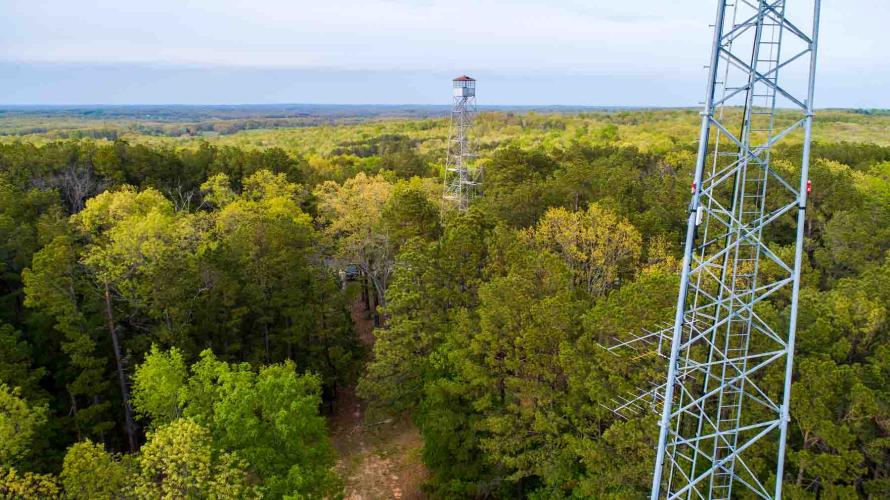
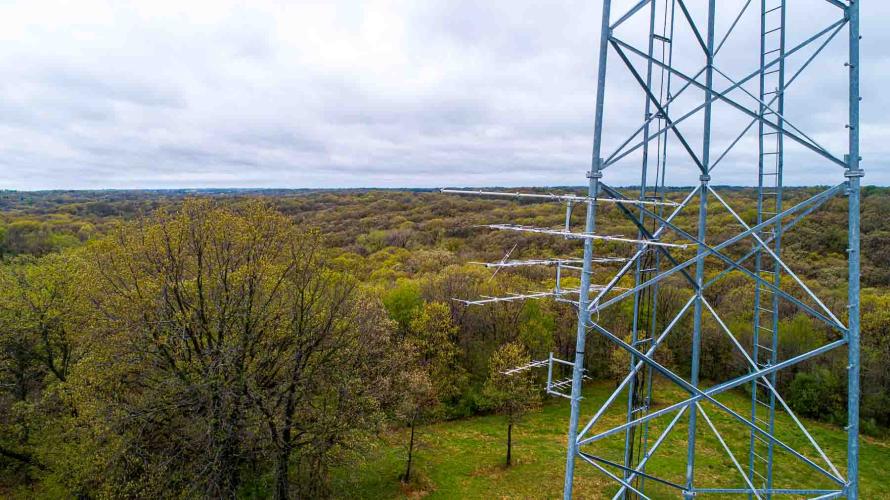
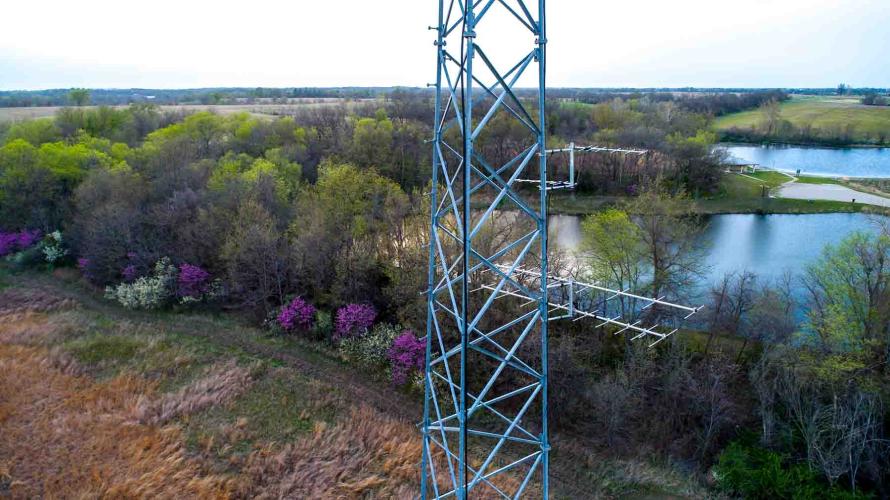
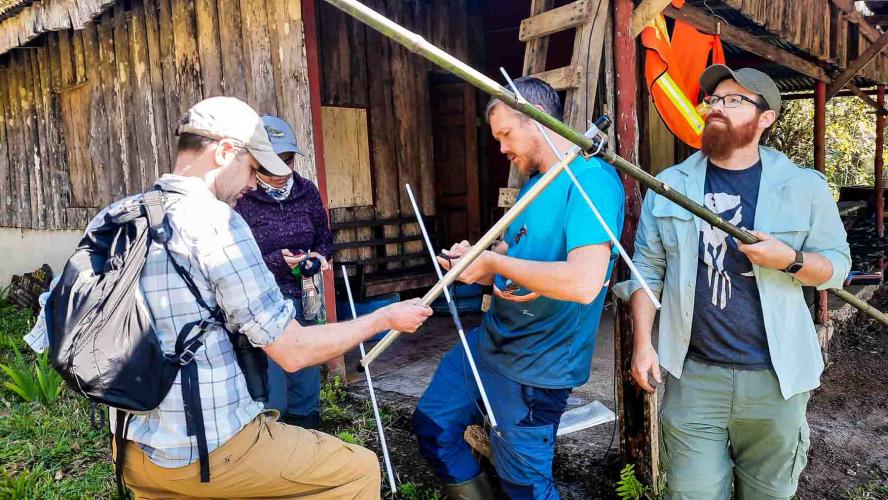
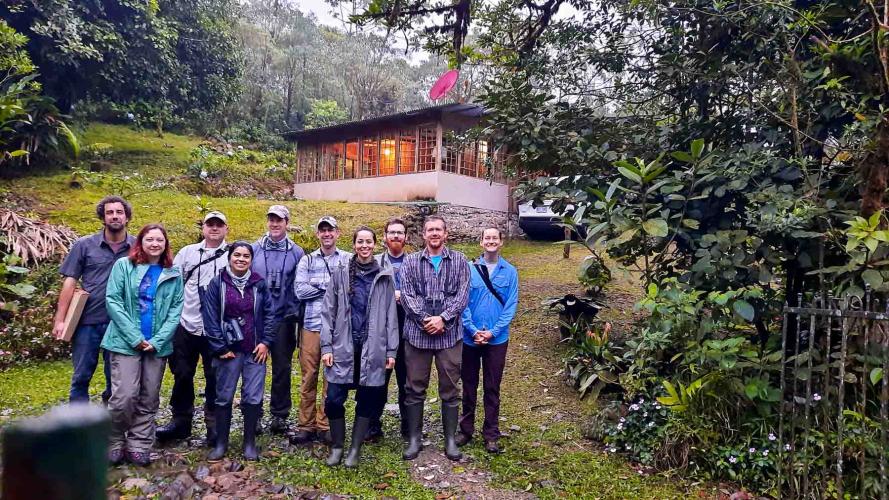
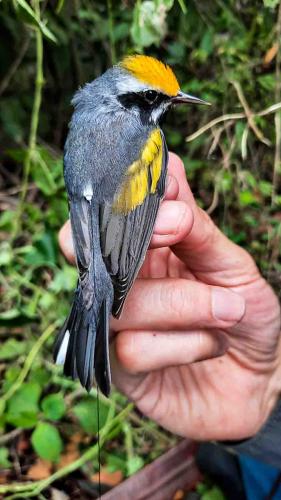
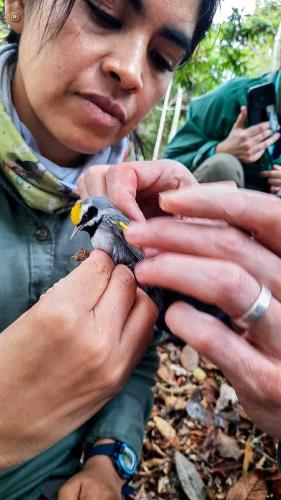
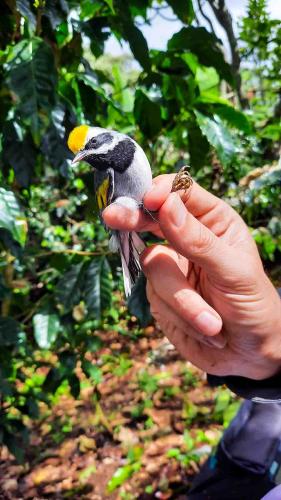
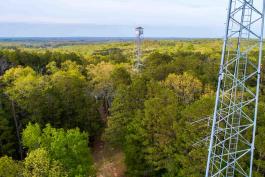
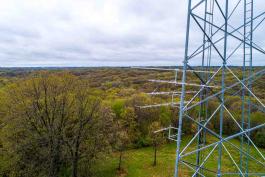
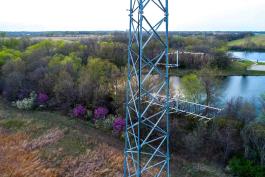
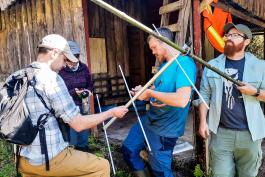
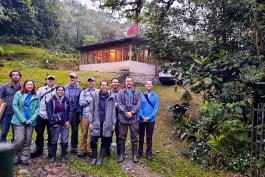
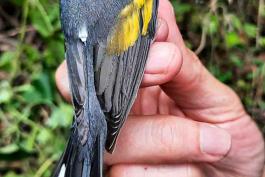
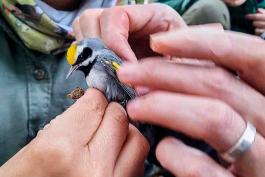
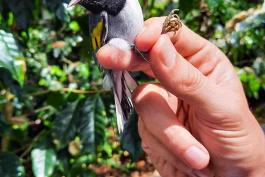
Also In This Issue

Spring’s renewing splendor ushers in new beginnings.
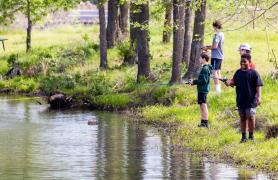
Boone County Nature School takes education outdoors.
And More...
This Issue's Staff
Editor - Angie Daly Morfeld
Associate Editor - Larry Archer
Photography Editor - Cliff White
Staff Writer - Kristie Hilgedick
Staff Writer - Joe Jerek
Staff Writer – Dianne Van Dien
Designer - Shawn Carey
Designer - Marci Porter
Photographer - Noppadol Paothong
Photographer - David Stonner
Circulation – Marcia Hale






















